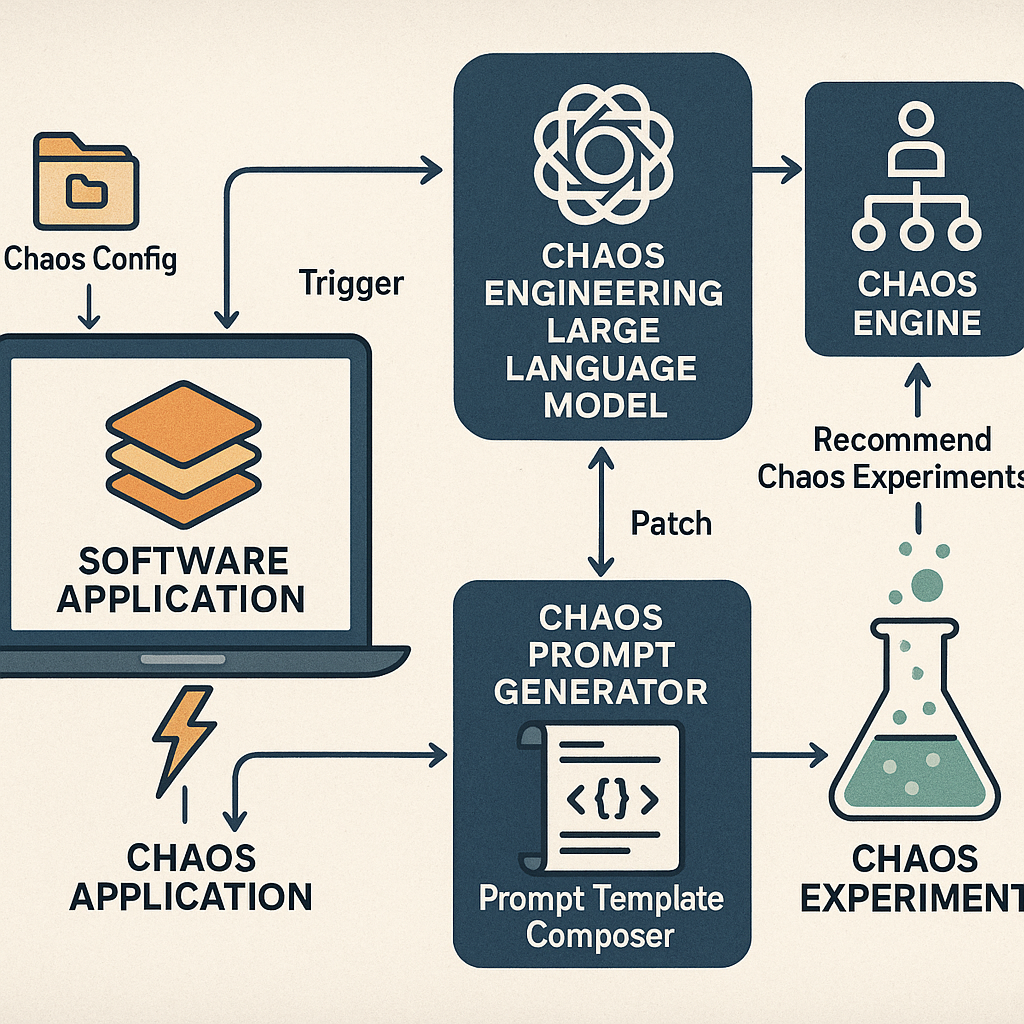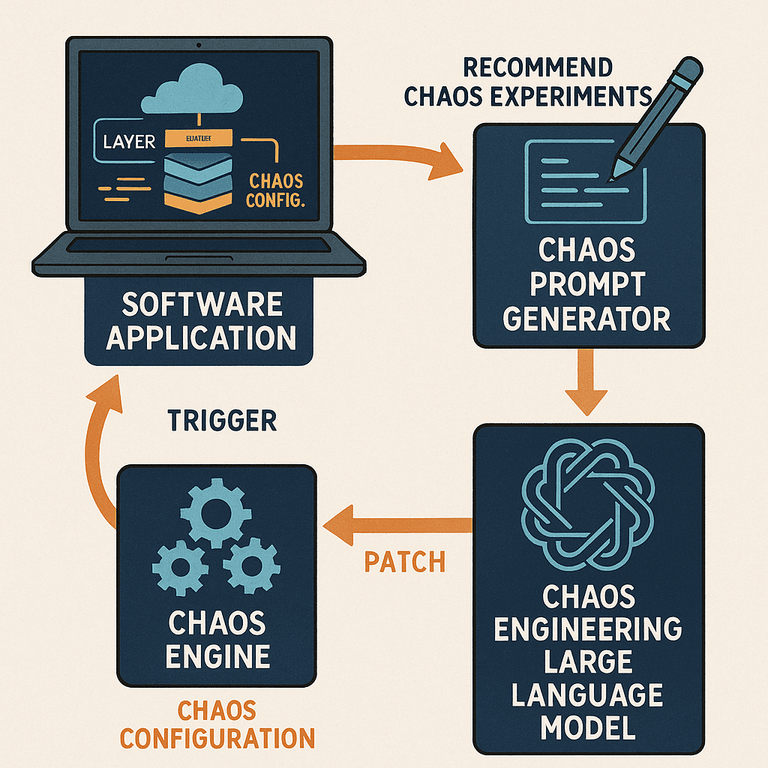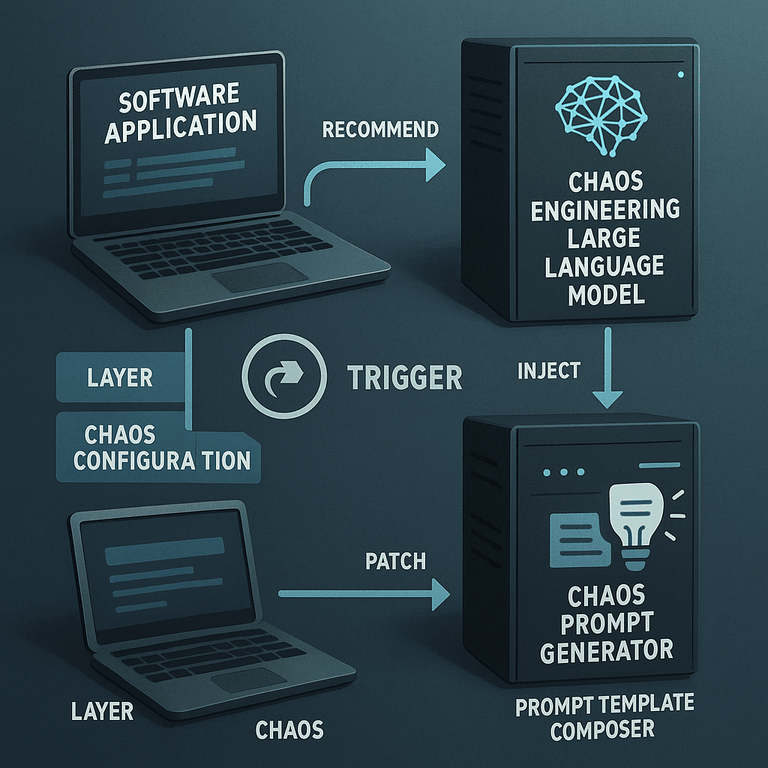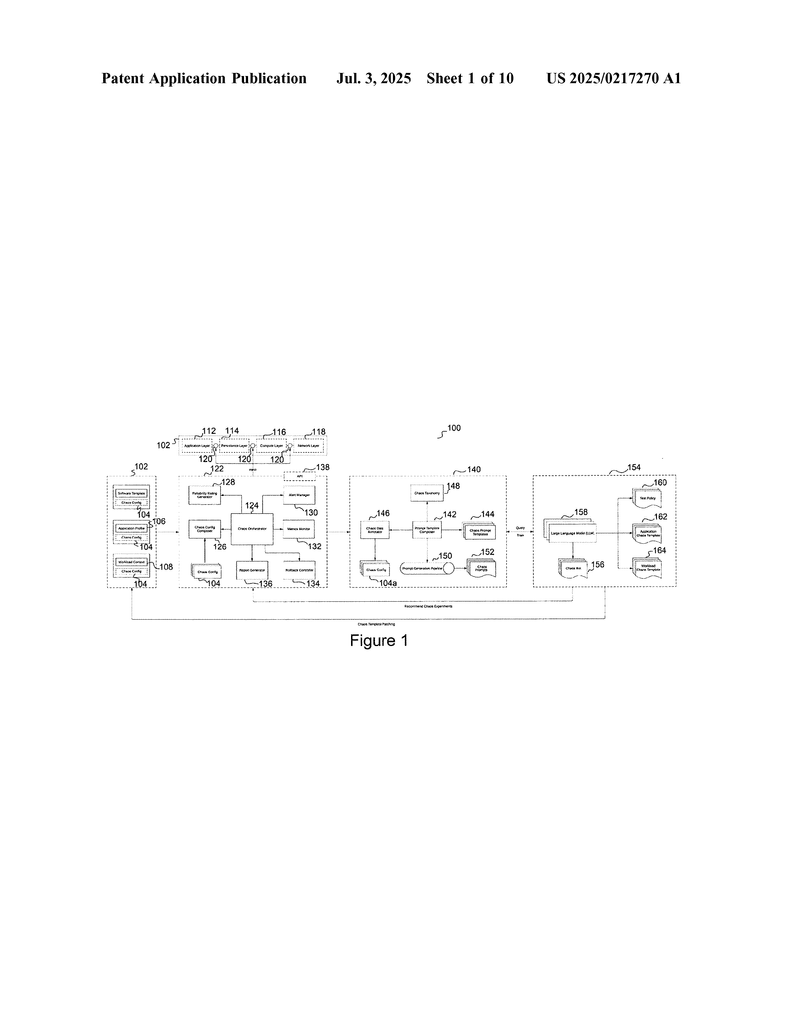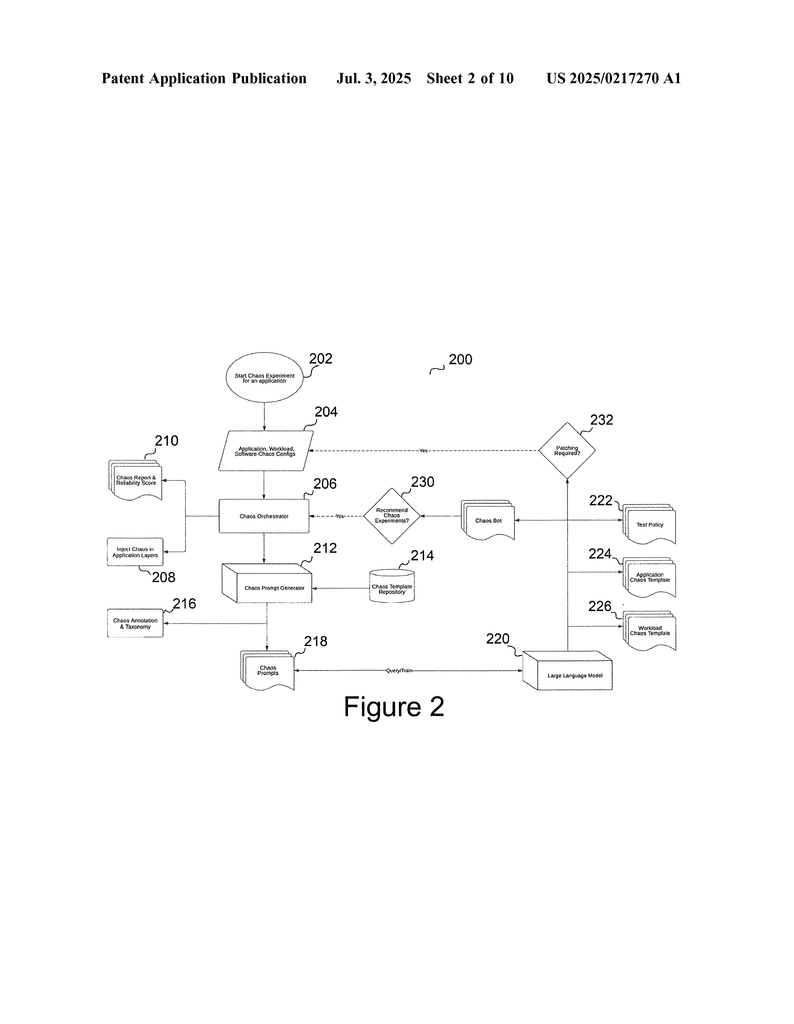Invented by Singh; Manas, Johnson; Daniel, Guardian Life Insurance Company of America
If you develop, deploy, or manage distributed software, you know how important it is to keep these systems running smoothly—even when things go wrong. Today, let’s explore a new patent application that brings automation and intelligence to chaos engineering. This article will help you understand the market need, scientific background, and the inventive steps behind this technology, all in very simple words.
Background and Market Context
Modern businesses depend on software that runs across many computers, often in the cloud. These are called distributed applications. Think of your favorite streaming service, online shop, or banking app—behind the scenes, they all use large, spread-out systems to handle millions of users at once. When these systems break, it can mean lost money, lost trust, and a lot of headaches for everyone involved.
To keep these systems strong and ready for anything, engineers use a process called chaos engineering. This is like giving your system a surprise test—introducing problems on purpose, such as slowing down the network or turning off a computer, to see how everything reacts. The goal is to find weak spots before real problems hit.
But here’s the challenge: Chaos engineering today is often done by hand. Someone has to set up the test, watch what happens, and figure out how to fix any issues that come up. This takes a lot of time and can miss problems, especially in big, complicated systems. There’s a growing need for ways to make this process faster, smarter, and less dependent on human effort.
Big companies are under pressure to make their applications always available and secure. Downtime or data loss can cost millions. As more businesses move to the cloud and use microservices (small, independent parts that work together), the number of things that can go wrong grows. The world needs better tools to keep up with this complexity. That’s where this new patent comes in—it aims to make chaos engineering automatic, continuous, and intelligent, using the latest advances in artificial intelligence.
Scientific Rationale and Prior Art
Let’s break down what chaos engineering really means. Imagine your application is a big orchestra. Every instrument needs to play its part perfectly, but sometimes, a musician might miss a note. Chaos engineering is like asking, “What happens if the violin stops playing for a minute? Will the whole song fall apart, or will the rest of the orchestra keep going?”
Engineers use chaos experiments to find out how their systems behave under stress. They might cut a network connection, turn off a server, or overload a database to see if the system can bounce back. This used to be done with scripts or special tools. But the process had limits:
– Manual setup: Someone had to decide what to test and how.
– Limited coverage: Only a few problems could be tested at a time.
– Slow fixes: After finding a problem, engineers had to figure out the solution and apply it by hand.
– Human error: With so many moving parts, it’s easy to miss something.
Some tools have tried to make chaos engineering easier. For example, Netflix’s Simian Army introduced automated chaos monkeys that randomly turned off parts of their system to test resilience. Other open-source tools, like Gremlin and Chaos Mesh, help automate some chaos tests. But these tools still need experts to plan, set up, and interpret tests. They don’t fully automate the cycle of testing, learning, and fixing.
In recent years, artificial intelligence—especially large language models (LLMs) like ChatGPT—have shown the ability to understand complex data, generate code, and make recommendations. The idea is: Can we use AI to not just run chaos experiments, but also decide what to test next and how to fix any problems? This would make chaos engineering a continuous, self-improving process, with less need for human oversight.
The patent application we’re discussing builds on this vision. It describes a system where chaos tests are automatically created, run, and analyzed. Results are fed into an AI model, which learns from every experiment and decides what to do next. It can even suggest (or apply) fixes to the application, making the whole process much smarter and faster than before.
Invention Description and Key Innovations
Let’s look at the heart of the invention. This system is like an automated coach for your software, always testing, learning, and improving. Here’s how it works, explained in simple, friendly terms.
First, your application has something called a chaos configuration. This is where you tell the system about your software—what it does, where it runs, what’s important, and what kinds of problems you want to test. Alongside this, the application has profiles, templates, and context so the chaos engine knows exactly what it’s dealing with.
Next comes the chaos engine. Think of this as the brain that manages chaos experiments. It has a part called the chaos orchestrator, which sets up and runs different tests. The chaos engine gathers information from your application, creates a chaos experiment (like slowing down the network or causing a service to fail), runs the test, and watches carefully to see what happens. It also creates a detailed report about the results—did anything break? How quickly did the system recover? Were there any surprises?
But the innovation doesn’t stop there. The system includes a chaos prompt generator. This part takes the report from the chaos engine and puts it into a format that an AI can understand. It uses something called a prompt template composer, which helps organize the information, highlight important findings, and set up the next questions for the AI to answer. The generator can even annotate data, making it easier for the AI to learn from each experiment.
At the core of the system is a chaos engineering large language model (LLM). This is a special kind of AI that can read the chaos reports and prompts, learn from them, and use its knowledge to recommend new chaos experiments. If the system finds a weak spot, the LLM can suggest new tests to explore the problem further. Even better, it can recommend patches—changes to your software or configuration—to fix the issue. These recommendations can be turned into actions by something called a chaos bot, which works alongside the chaos engine to apply fixes or run additional tests.
What’s truly unique here is the feedback loop. After every chaos experiment, results are fed back to the AI, which gets smarter with each cycle. The system can automatically update the chaos configuration, create new test policies, and build templates for future experiments. Over time, the whole process becomes more robust, adaptive, and less reliant on human intervention. It’s like having a tireless, expert engineer always watching over your application, finding and fixing problems before users ever notice.
This invention introduces several key innovations:
– Automatic generation and running of chaos experiments, based on real application information.
– Use of a large language model to understand results, recommend new tests, and suggest or apply fixes.
– Smart prompt generation, making it easy for the AI to learn from each experiment.
– Continuous learning and improvement, with each cycle making the system stronger.
– Detailed reporting, reliability scoring, and rollback controls to keep applications safe even during testing.
– Integration with APIs, templates, and real-world application data, so it works across many types of software.
By putting all these pieces together, the system creates a seamless, self-improving loop for chaos engineering. It’s not just about finding problems—it’s about learning from them and making your software better, all with minimal human effort.
Conclusion
As distributed systems become more complex and essential, the risks of downtime and failure grow. This patent application outlines a powerful way to tackle these risks head-on, using automation and artificial intelligence to make chaos engineering smarter, faster, and more effective. By combining real-time testing, smart analysis, and automated fixes, this invention helps businesses keep their applications reliable and secure—even in the face of unexpected problems.
Whether you’re a developer, an operations manager, or a business leader, understanding this new approach can help you prepare for a future where software is not just tested, but actively improved by machines. The days of manual chaos engineering are giving way to automated, intelligent resilience. This is not just an evolution—it’s a revolution in how we keep our most important digital systems running, no matter what the world throws at them.
Click here https://ppubs.uspto.gov/pubwebapp/ and search 20250217270.
